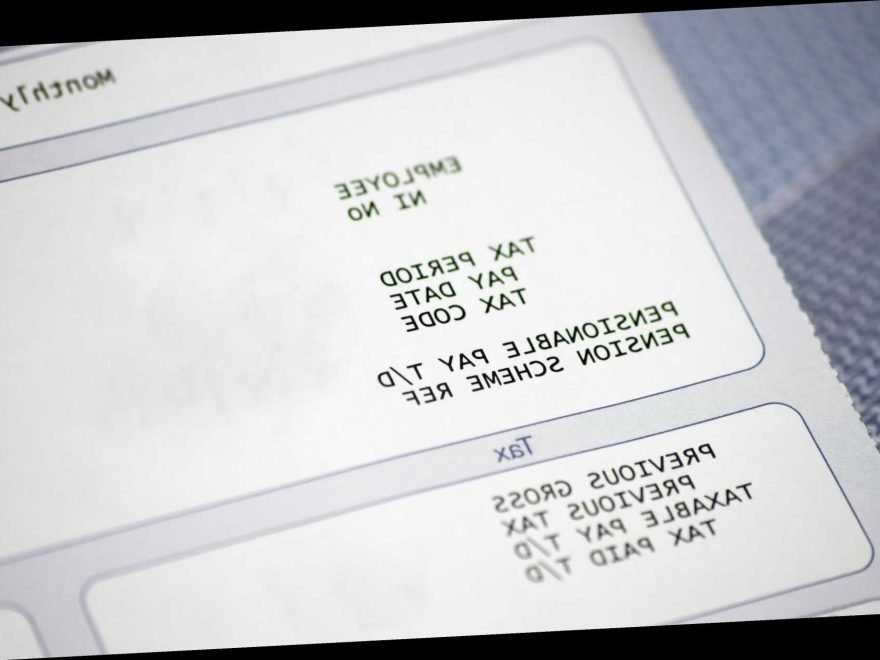TWO million low-income earners are missing out on £8,000 worth of free pension cash due to a "tax lottery".
It means that over the course of their working life, some employees get 14 per cent less for their retirement fund due to reasons beyond their control, according to research by Ian Browne, from investment management company Quilter.

In the Daily Mail, the pensions expert explained that someone earning £12,499 a year could retire on with a pension pot worth £59,000 while others on the same salary end up with just £51,000.
That's assuming both sets of workers are putting in the maximum four per cent net investment growth and retire at 68.
The issue affects those in low-paid or part-time jobs the most, three quarters of which are typically women.
It's all to do with what type of pension scheme your employer puts you into, making it a "tax lottery".
What is pension auto-enrolment and how does it work?
HERE's what you need to know
- What is pension auto-enrolment? Since October 2012, employers have had to enrol their staff into workplace pension schemes as part of a government initiative to get people to save more for retirement.
- When does auto-enrolment apply? You will be automatically enrolled into your work's pension scheme if you meet the following criteria:
– You aren't already in a qualifying workplace scheme.
– You are aged at least 22.
– You are below state pension age.
– You earn more than £10,000 a year in 2018/19.
– You work in the UK. - How much do I contribute? There are minimum contributions that you and your employer must pay.
Minimum contributions are being gradually increased over time.
Your minimum contribution applies to anything you earn over £6,136 up to a limit of £50,00 (in the tax year 2019/20). This includes overtime and bonus payments.
From April 2019, a minimum of eight per cent must be paid into the pension, with the employer paying at least three per cent. - What if I have more than one job? For people with more than one job, each job is treated separately for automatic enrolment purposes. You can still opt out of individual schemes if you want.
Each of your employers will check whether you’re eligible to join their pension scheme. If you are, then you’ll be automatically enrolled in that employer’s workplace pension scheme.
Those who are on a "net pay" scheme pay their pension contribution before tax has been deducted and as a result benefit from a government relief.
A "relief at source" scheme takes the pension contribution after tax has been paid, making the proportion paid into retirement less.
The majority of occupational and most public service pensions schemes are on a net pay basis, while traditionally contract-based schemes are relief at source, according to workplace pensions provider Now: Pensions.
Mr Browne argues that the oversight "undermines the entire purpose of auto-enrolment, which is to encourage equally rewarding savings no matter who you are."
Auto-enrolment, introduced in 2012, sees everyone in employment earning at least £10,000 a year enrolled into a workplace pension.
What are the different types of pension?
WE round-up the main types of pension and how they differ:
- Personal pension or self-invested personal pension (Sipp) – this is a pension you can set up on your own where you can pick the provider and choose how much to invest.
- Workplace pension – if you're an employee it's likely you'll have been auto-enrolled into a workplace pension. The pension provider is usually chosen by your employer and you won't be able to change it – but you can always try speaking to your HR department if you think employees would benefit from a different scheme. With workplace pensions, both the employee and employer have to pay in a combined minimum of 8 per cent.
- New state pension – this is what the state pays to those who reach state pension age after April 6 2016. The maximum payout is £168.60 a week and you'll need 35 years of national insurance contributions to get this. You also need at least ten years' worth of national insurance contributions to qualify fullstop.
- Basic state pension – this is what the state pays to those who reached state pension age on or before April 6 2016. The full basic state pension is £129.20 per week and you'll need 30 years of national insurance contributions to get this. If you have the basic state pension you may also get a top-up from what's known as the additional or second state pension.
Since April 6, workers need to pay at least five per cent of their salary into this scheme, while employers need to deposit at least three per cent on top.
The scheme has been hailed for encouraging widespread saving but Browne warns that the problem of the scheme being undermined is only going to get worse.
This is because Phillip Hammond raised the income tax threshold to £12,500 in October last year, widening the gap between the auto-enrolment threshold and the basic rate of income tax.
It means that the number of people missing out on the tax-relief is growing, with lasting and damaging effects on workers' finances in retirement.
The issue is even worse for the rising number of workers who have multiple low paying jobs who are missing out on the government top-up more than once.
Adrian Boulding, director of policy from Now: Pensions added: "All savers should receive tax relief regardless of the type of scheme they are in.
"By exempting them, the living standards of nearly two million people are at risk.
"Without urgent action there is a real danger that confidence in pension saving and auto enrolment will be seriously undermined."
Source: Read Full Article
